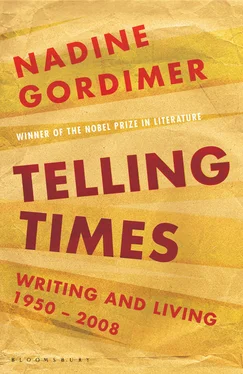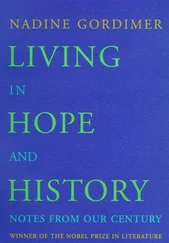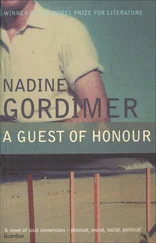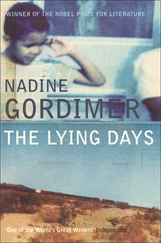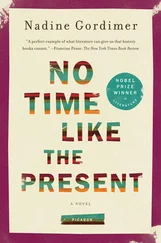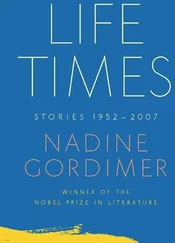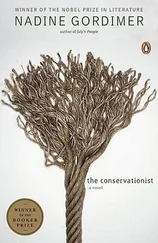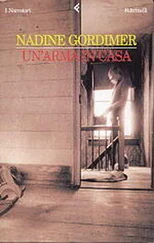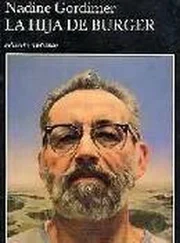Wolfe (or his creator, Plomer) is sharp-tongued but if some of his descriptions of the white locals are pitiless caricature, that stands for the total caricature of human relations that is the set-up of colonialism. His earliest experience of Ovuzane society is when he comes upon ‘Schönstein’s Better Shows’, a travelling funfair where his few darting observations, like film clips that will develop coherence later, reveal the nature of the place and people in which and among whom he finds himself. To the roar of the hurdy-gurdy ‘a gross European in one of the swing-boats’ kisses a coloured girl and she flings away from him, to jeering laughter; the fair owner has a wife ‘barefaced by day and barebacked by night’. In a mob, ‘English, Dutch, Portuguese, nondescript were the whites; Bantu, Lembu, Christianized and aboriginal, Mohammedan negroes were the blacks; and the coloureds were all colours and all races fused. It came upon me suddenly in that harsh polyglot gaiety that I was living in Africa; that there is a question of colour.’
Then there are encounters with white neighbours given wickedly Dickensian names — Bloodfield, Flesher, mischievously label their coarse nature — who are jealous of what they see as his cultural snobbishness in having a ‘studio’, and disgusted when it is discovered that he has black people sit as models for his paintings, makes music there with them on their traditional instruments and his piano. ‘Surely you don’t have these blooming niggers in here?’
It is at once exceptional that a young man of Wolfe’s conventional background should have so quickly shed any illusions he must have had about his presence. Plomer makes it not only believable, but inescapable for him: ‘There would be conflict between myself and the white; there would be conflict between myself and the black.’
Wolfe describes these whites with an undisguised loathing and pokes gentle but demeaning fun at the old missionaries, such as Bishop Klodquist, who came to save souls among the Africans with ‘a Bible and a bottle of vin ordinaire … no pyjamas, and not a word of Lembu’.
Wolfe blurts angrily, ‘Give me a good old criminal lunatic any day, rather than ask me to breathe the same air as Flesher and Bloodfield.’
And just when you, the reader, find Turbott Wolfe to be proving himself as bigoted as the people he despises, Plomer catches you out in too hasty a conclusion. Judgement is not as simple as that. There’s the self-searching of Wolfe’s own conclusion, ‘And seeing continually incessant lines of natives trooping in and out of the store I turned my feelings, in escape from the unclean idea of Flesher and Bloodfield, far too much into sympathy with the aboriginal.’
So he tends, at first, to idolise the blacks in apposition to loathing the whites. With a lens of overcompensation for the local Europeans’ dehumanising image of Africans, ‘My eye was training itself to admire to excess the over-developed marvellous animal grace of each Lembu individual. I was becoming ecstatic … over the patriarchal grace of each old man … over the aged women … warm-handed tender daughters.’ But again there are no easy resolutions in the pace of this restlessly, relentlessly questioning novel. At the same time, Wolfe becomes aware ‘I was losing my balance … I suspected danger. I found myself all at once overwhelmed with a suffocating sensation of universal black darkness. Blackness. I was being sacrificed, a white lamb, to black Africa.’
The image resurrects, from the subconscious of the young white man, colonialism’s self-justification in the concept of Christianity in battle with paganism. But as Mongane Wally Serote, the South African novelist and poet, has written, ‘You cannot fight yourself and be in an army of the people. The spirit must tear itself from the ghosts, it must sense and know its destiny. It must take care and charge of itself.’ 123
It is not as a white lamb but a man in love that Turbott Wolfe gains, through pain, his equilibrium of human vision. Since he has no woman, the local name the Africans have given him is ‘Chastity Wolfe’. Now a particular young woman is among the black people who buy from his store. ‘I was very strongly attracted … by a native girl … She took away the breath of Chastity Wolfe.’ The description of the girl is exaltation: ‘An aboriginal, perfectly clean’ in contrast to the grubby spirit of the Bloodfields and Fleshers, ‘perfectly beautiful … She was an ambassadress of all that beauty … outside history, outside time, outside science.’ And the paean to the girl is interrupted by a tirade against missionary Christianity. ‘She was … of a type you will find nowhere now: it has been killed by the missions, the poor whites and the towns. There was a chance … to build up a new Christianity … But it is too late now. The missionaries brought them [the Africans] the sacrament, but I could give you more than one instance where they brought them syphilis too. They took away everything from the natives … and what on earth did they give them instead? … Christianity is dead. It is a lost cause.’ The girl ‘was a living image of what has been killed … by our obscene civilization that conquers everything’. And yet: ‘As soon as I had fallen in love with Nhliziyombi I was afraid of falling in love with her .’ This was surely the last pull of the shackles of race consciousness dragging at the freedom of vision struggling to be attained along with his growing political awareness.
The emergence of the new, post-colonial man was not to be born through fulfilled sexual love, although love in its total sense, free of glib religious or political edicts, is the only human approach in which iconoclastic Wolfe believes. He loses Nhliziyombi after unresolved, half-enchanted, half-agonised passion marvellously conveyed. He emerges to face both the angry opprobrium of Bloodfield, Flesher and company for having descended to falling in love with a black (while they have black mistresses bearing their children — but in the back yard, not the white man’s house) and the moment of truth flung down before him by a white woman. Mabel van der Horst has the response to the question of colour that Wolfe found himself confronted with at Schönstein’s Better Shows: ‘there is no native question. It isn’t a question. It’s an answer.’
To give the answer expression, Wolfe, Mabel, a newly arrived missionary of a different kind, Friston — who is secretly a Communist — Zachary Msombi, a half-Western-educated young black man, and his cousin Caleb, Wolfe’s assistant in the store, found an association, grandiloquently named ‘Young Africa, an Important New Movement for the Regeneration of Our Country’.
HORROR was written on the sun.
A moment — of insight as genius? — flashing the image in a poem Plomer chooses to attribute to Friston, not Wolfe; it is what colonialism has scrawled on the face of Ovuzane, of Africa.
‘Young Africa’ becomes confused and dazzled; Friston drugs himself into delirium over jealousy as Mabel makes love with Zachary in an adjoining room. Did she want to found a revolutionary movement only in order to justify her choice of a black husband? Friston recovers sufficient sobriety — or gains enough change of heart and head — to officiate at the wedding before disappearing to be arrested as a Communist in some other colonially occupied territory. As for Wolfe — hounded by the colonial commissioner, reviled by the Bloodfield cohort who demand his deportation, he pre-empts this by taking his own decision to leave. He puts the trading store up for sale and I shan’t pre-empt the author’s final, devastating laconic thrust by revealing who snaps at the opportunity to own it. Turbott Wolfe sums himself up: ‘I am an egoist,’ he tells the black man Caleb, ‘I have just enough money to go and live quietly in England … In England I shall be pointed at as an eccentric, because I try and use my brains … You will marry and settle down in your own country, among your own people … You will find happiness and I shall find emptiness.’
Читать дальше
